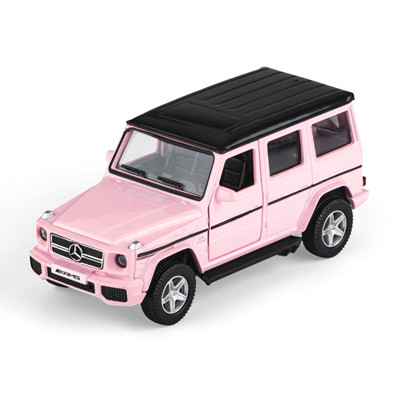Diecast toy cars have come a long way since their humble beginnings as simple playthings for children. Today, they stand as intricate collectibles that bridge the gap between nostalgia and artistry, appealing to both young and old alike.
The origins of diecast toy cars can be traced back to the early 20th century when manufacturers started experimenting with metal molds to create detailed miniature versions of automobiles. These early models were often made from lead, but safety concerns eventually led to the adoption of safer materials like zinc and aluminum.
As time went on, diecast cars evolved from basic representations to highly accurate replicas. The introduction of new manufacturing techniques allowed for finer details, improved paint quality, and even movable parts. This shift marked the transition from toys aimed solely at children to collectibles that catered to enthusiasts and collectors.
The 1950s and 1960s saw diecast cars becoming more popular among collectors, with brands like Dinky Toys and Matchbox leading the way. These brands not only replicated real-world vehicles but also introduced imaginative concept cars that captured the spirit of innovation.
In the late 20th century, diecast cars entered a new era of sophistication. Brands like Hot Wheels and Maisto brought a level of craftsmanship that elevated diecast cars to a new status. Specialized lines featuring classic cars, limited editions, and intricate detailing attracted serious collectors who appreciated the blend of art and history.
Today, diecast toy cars continue to thrive in the digital age. Online platforms make it easier than ever for collectors to connect, trade, and showcase their collections. The range of available models spans vintage cars, modern supercars, and even fictional vehicles from movies and TV shows.
In essence, diecast toy cars have transcended their origins as mere playthings, evolving into cherished collectibles that celebrate automotive design, history, and the passion of collectors around the world.


















